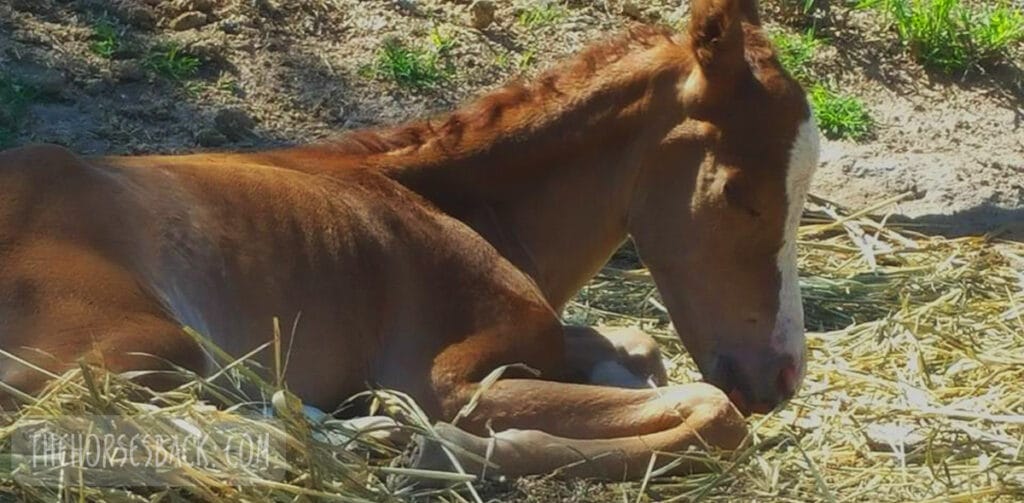
In the past 20 years, roughly the time I’ve been practising bodywork, the interest in and commitment to musculoskeletal health, hoof balance and postural integration in the equine community has risen enormously.
Despite this, I am struck by the fact that very few owners are aware of how their horse fared during its perinatal phase of life: that is, its during gestation, parturition itself, and the neonatal stage.
It’s not something that tends to come up in the purchasing conversation and, if problems did occur, they are usually considered consigned to the distant past, and no longer of relevance.
For a whole variety of reasons, this information is rarely passed onto the new owner who purchases a weanling or older horse.
In the case of owners who bred the horse in question, I’d suggest that unless veterinary intervention was required in the first few days of life, and there is little to be seen as being ‘wrong’, the horse’s developmental health is assumed to be unproblematic.

This is often true in the case of dysmature foals (Foals born during the normal gestation period, but with symptoms of prematurity), as they can appear bright and active, with appropriate early weight gain.
And they might well be fine – but also, they may not, as they may be harboring ‘silent’ problems that only emerge later.
Premature foals tend to get noticed more and likewise, may or may not require veterinary intervention.
When they have and a neonatal crisis has been successfully resolved, sometimes over the first few weeks of life, it may be assumed to be done and dusted. Knowledge of their difficult start may be put aside or forgotten.





